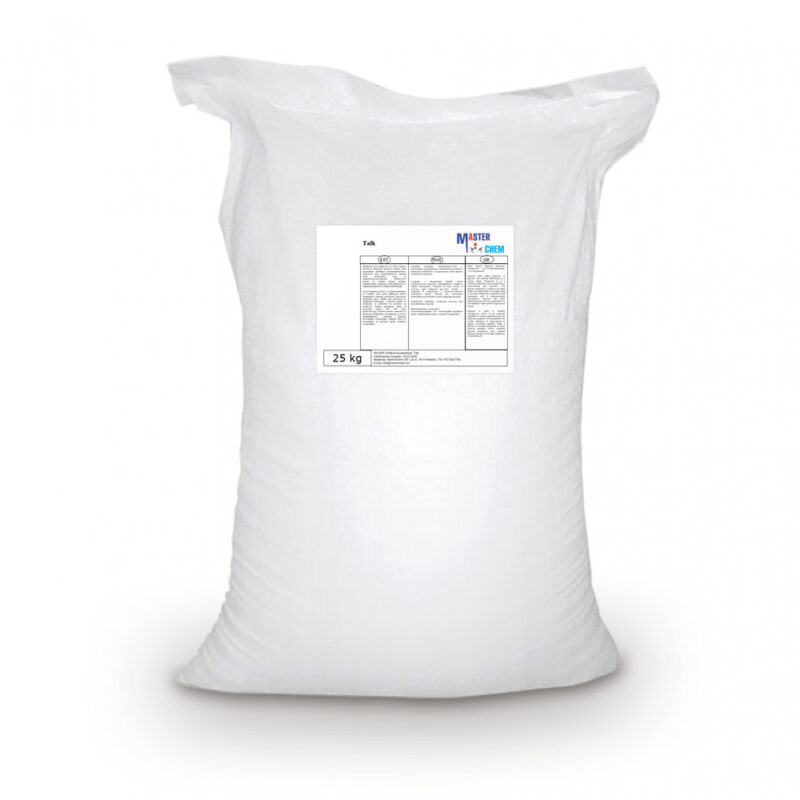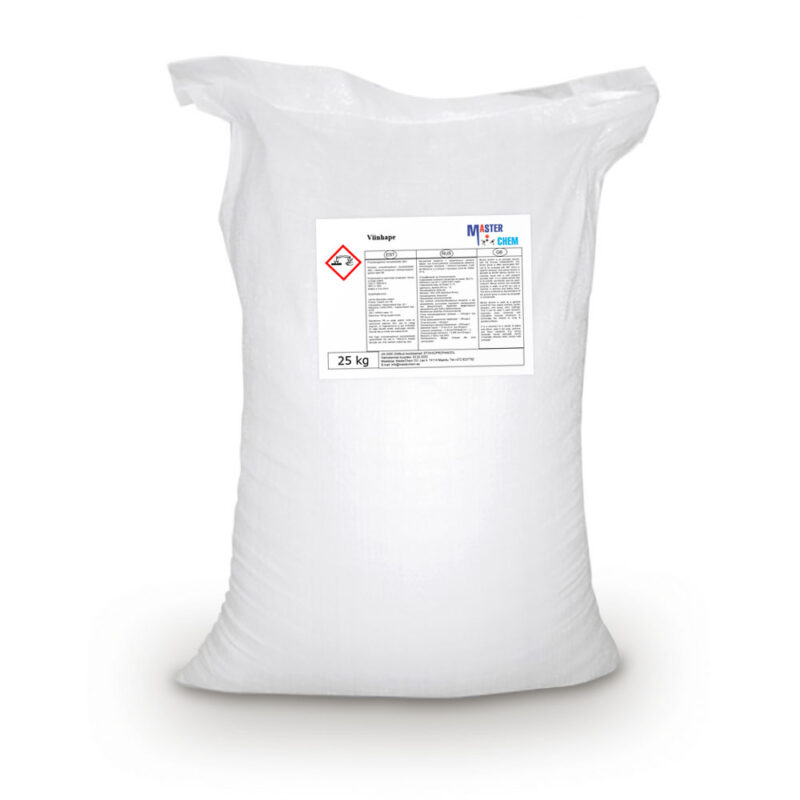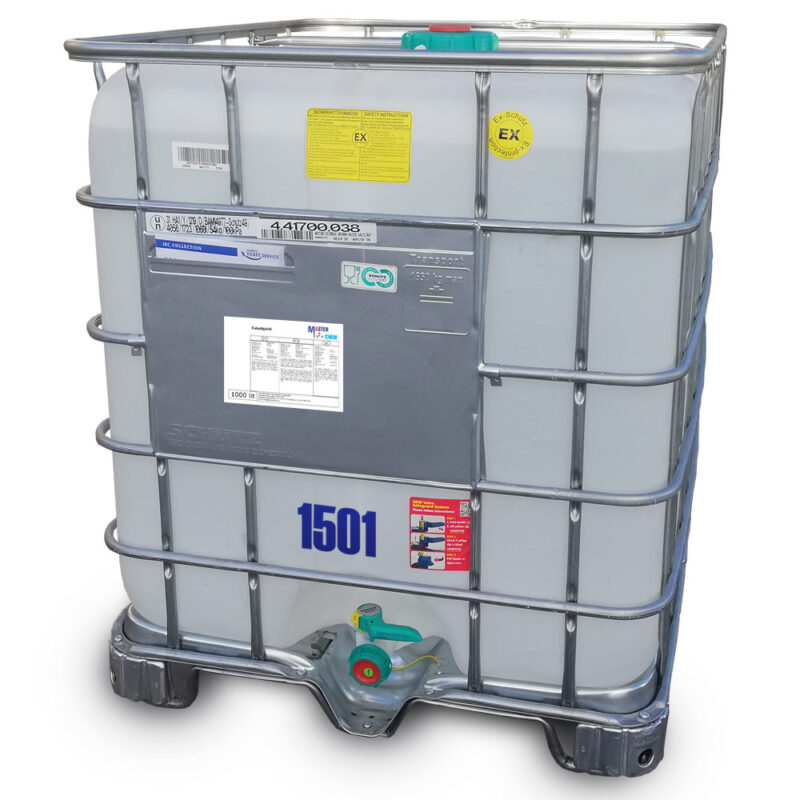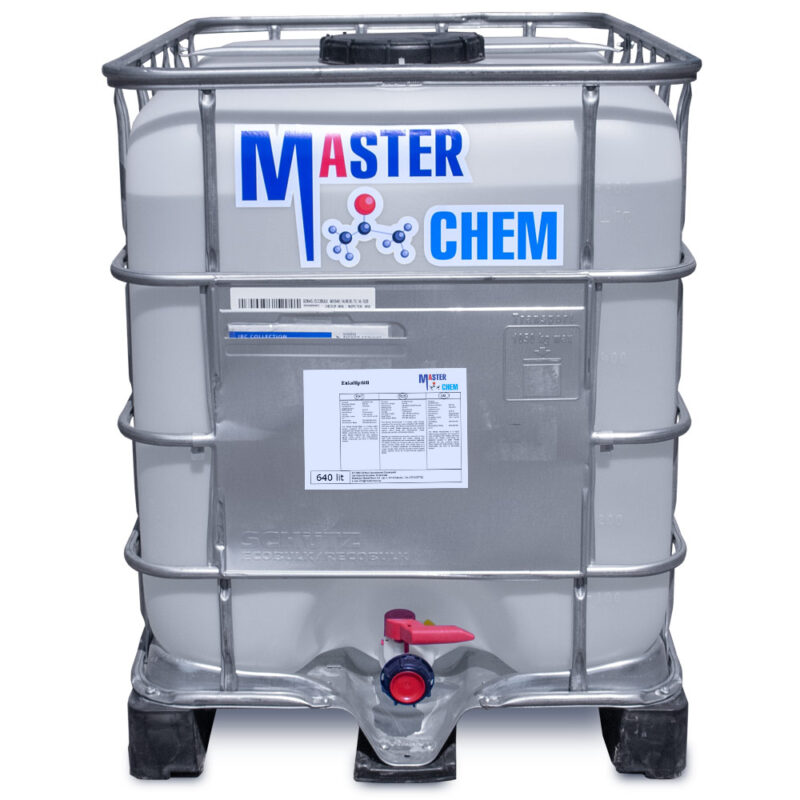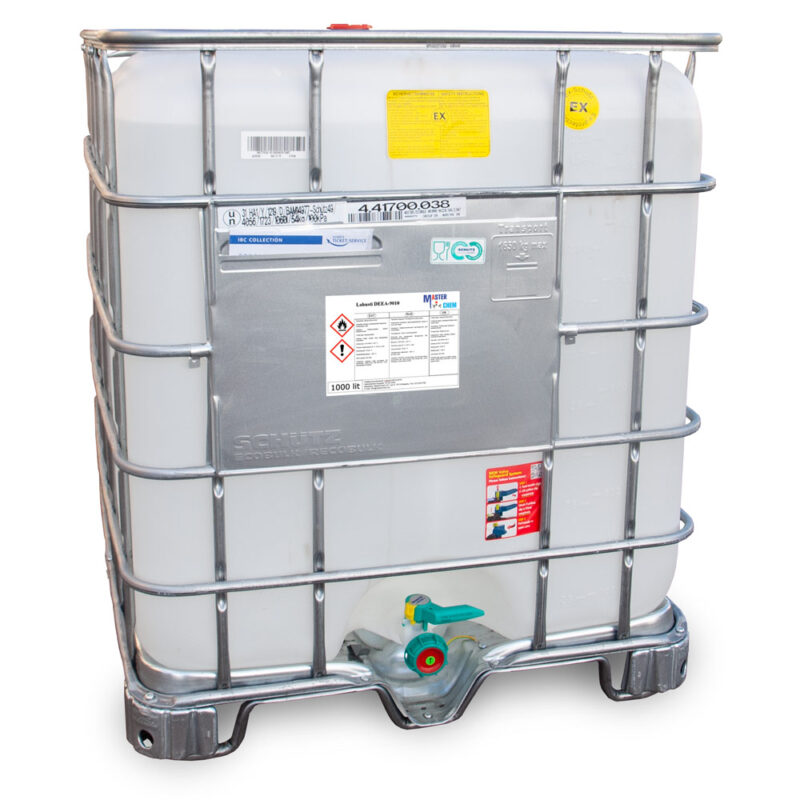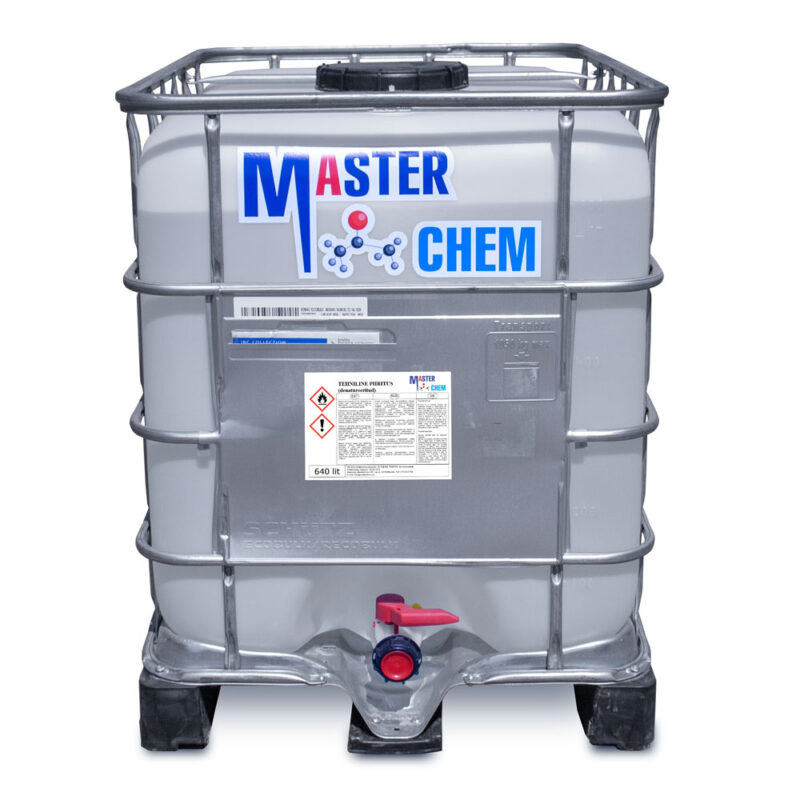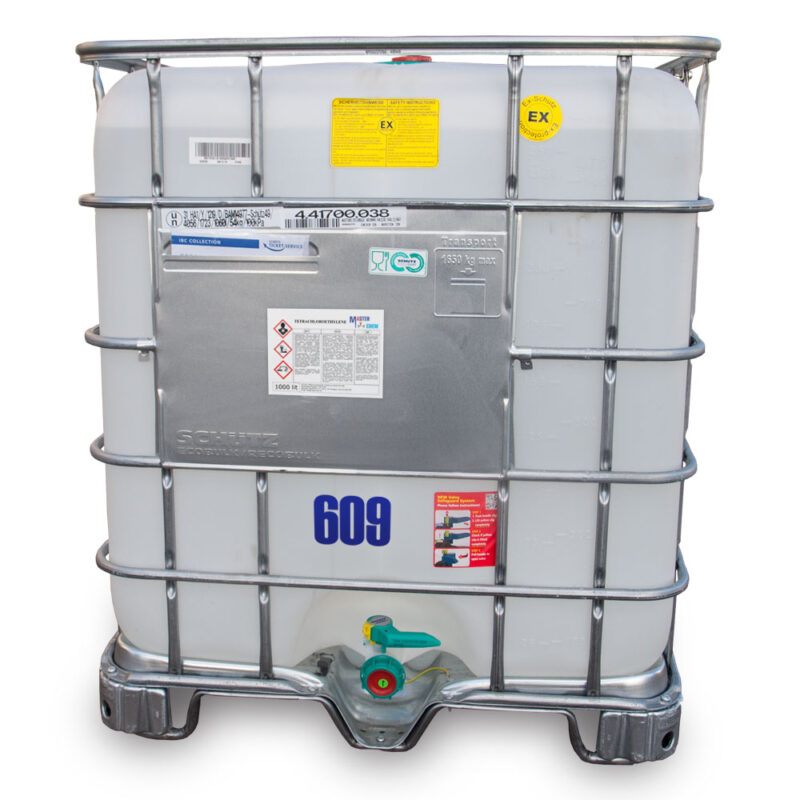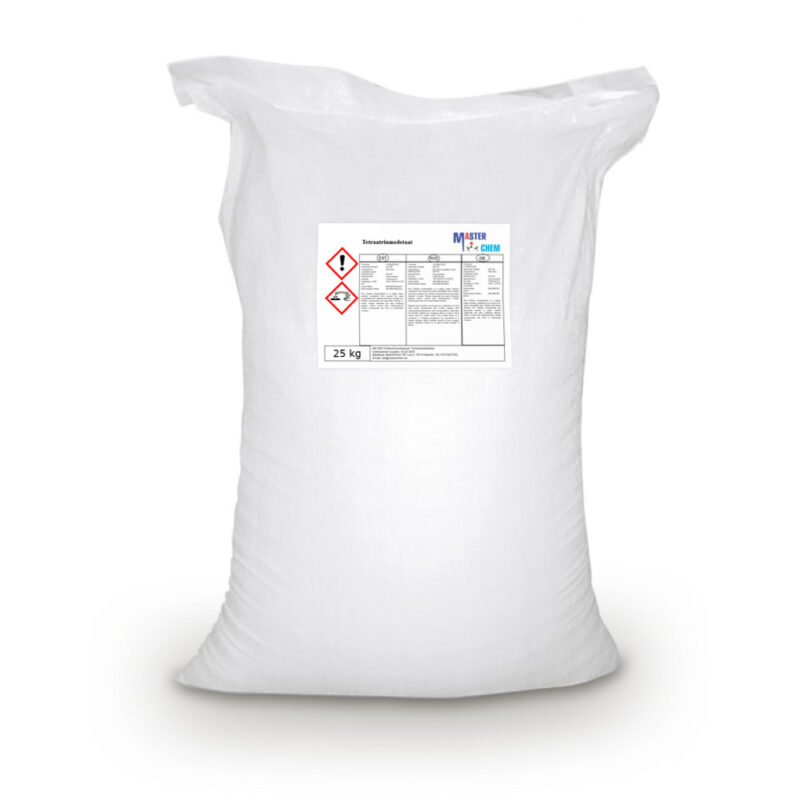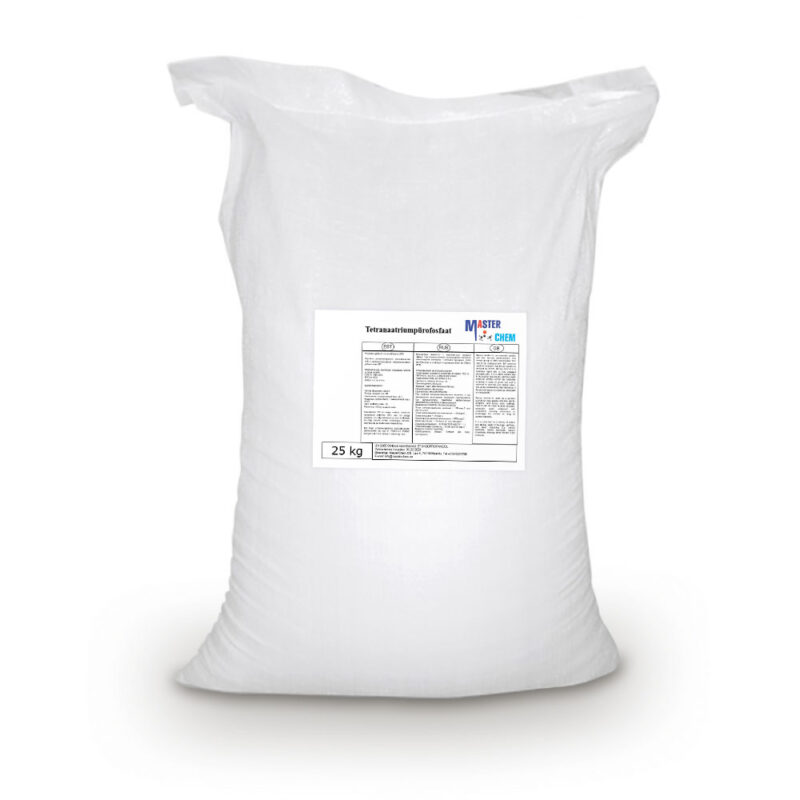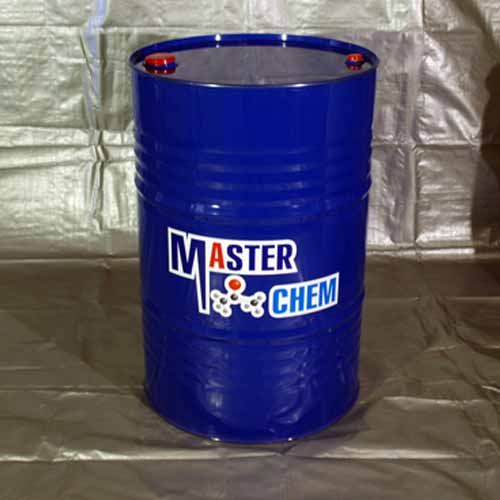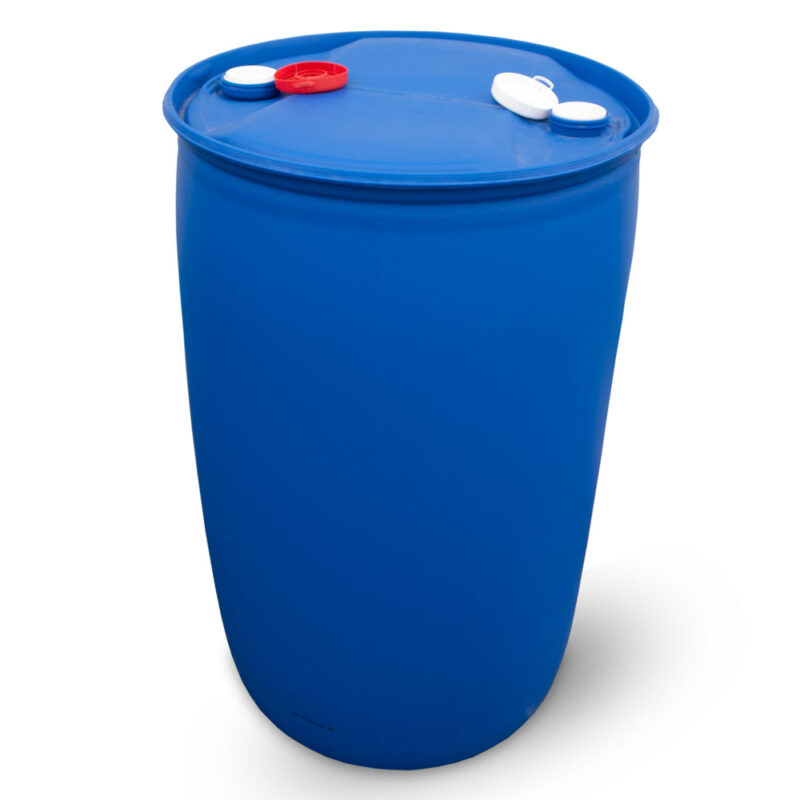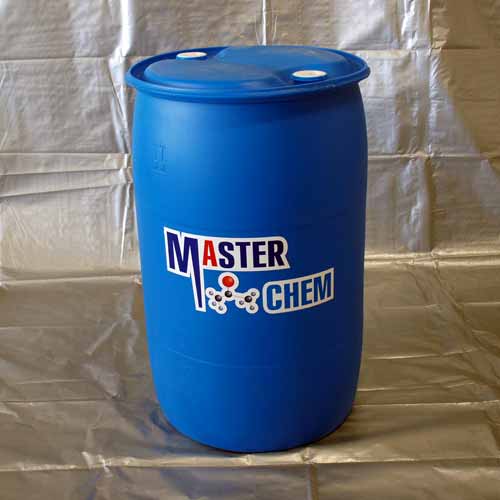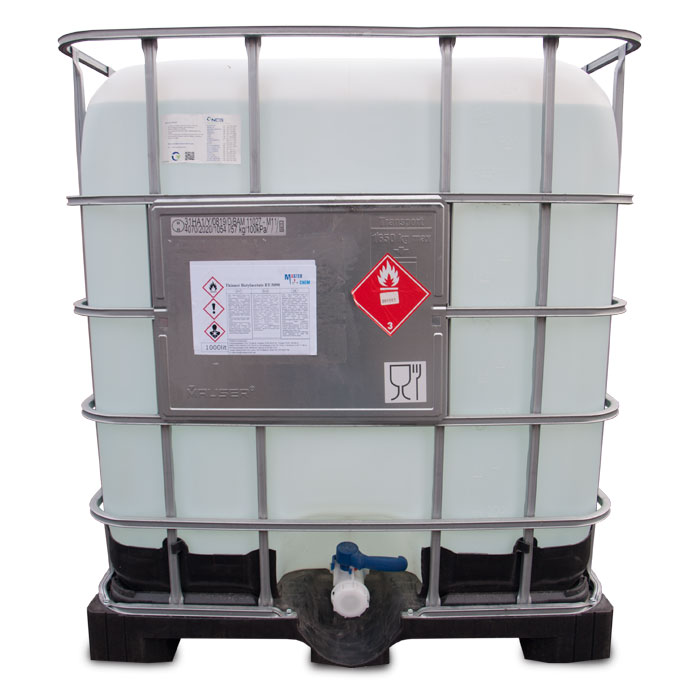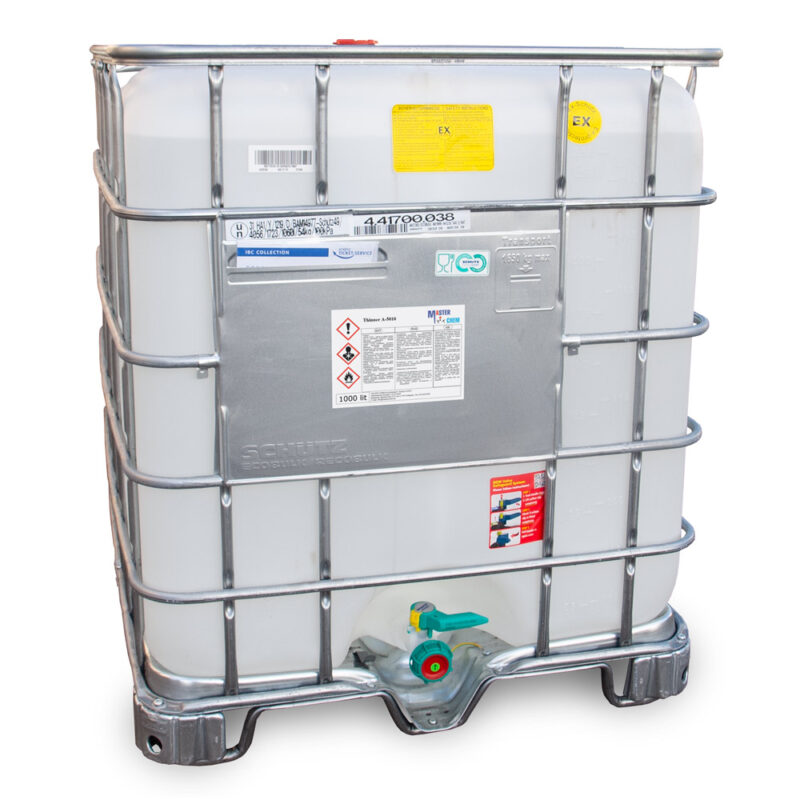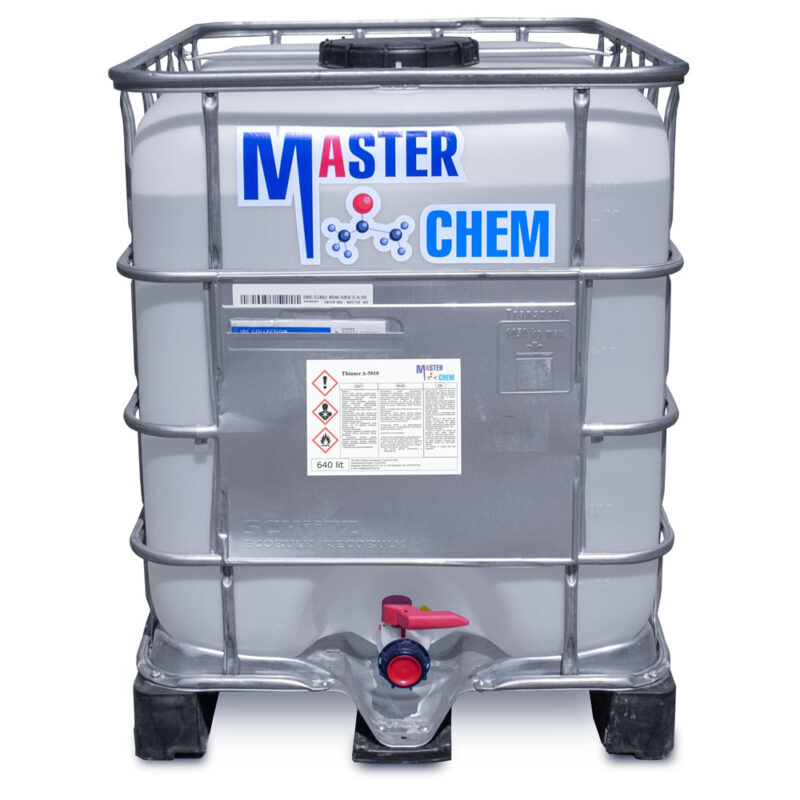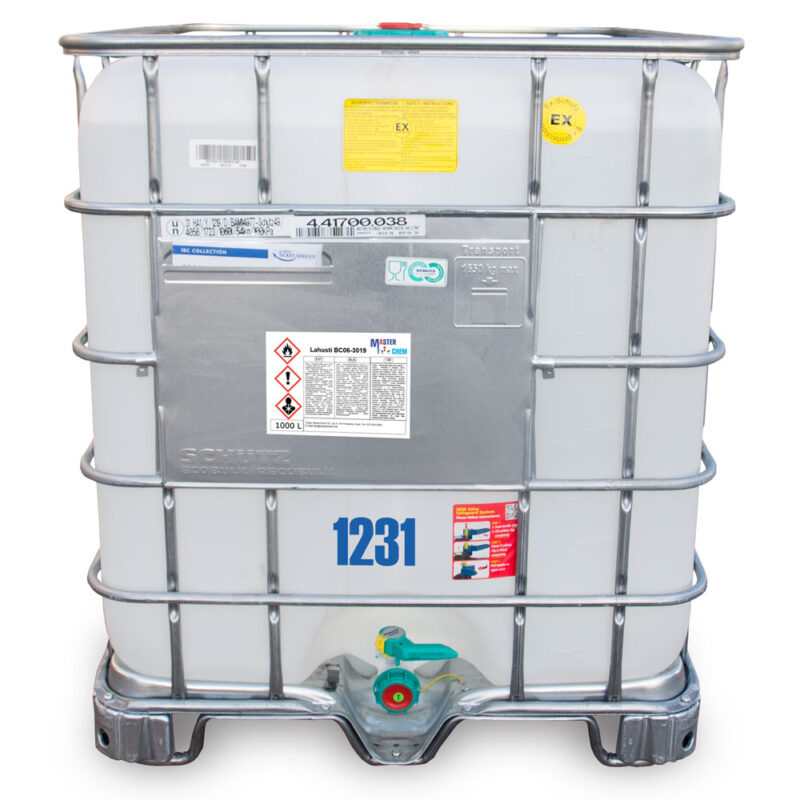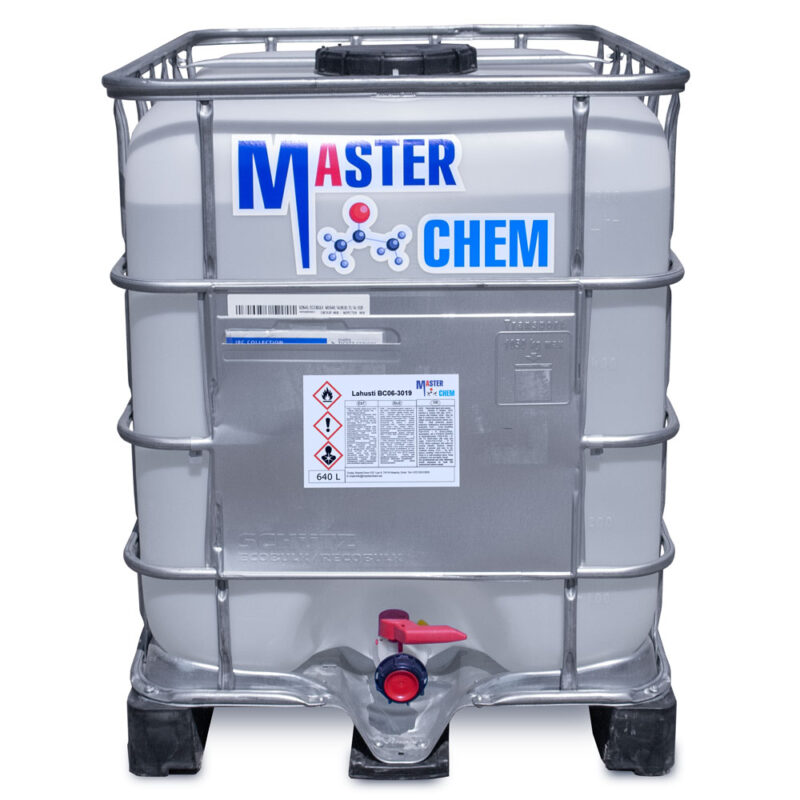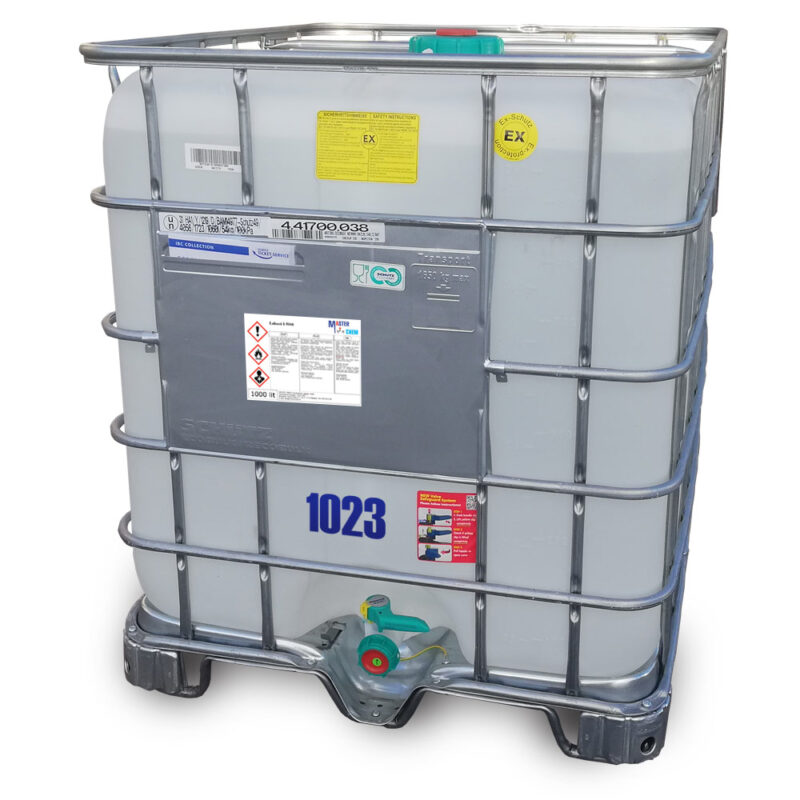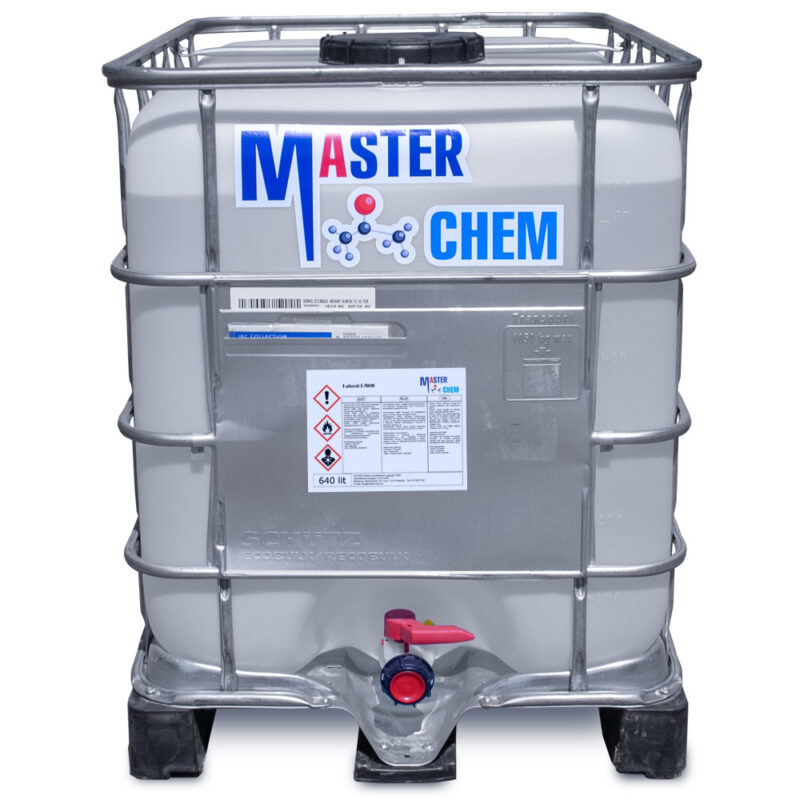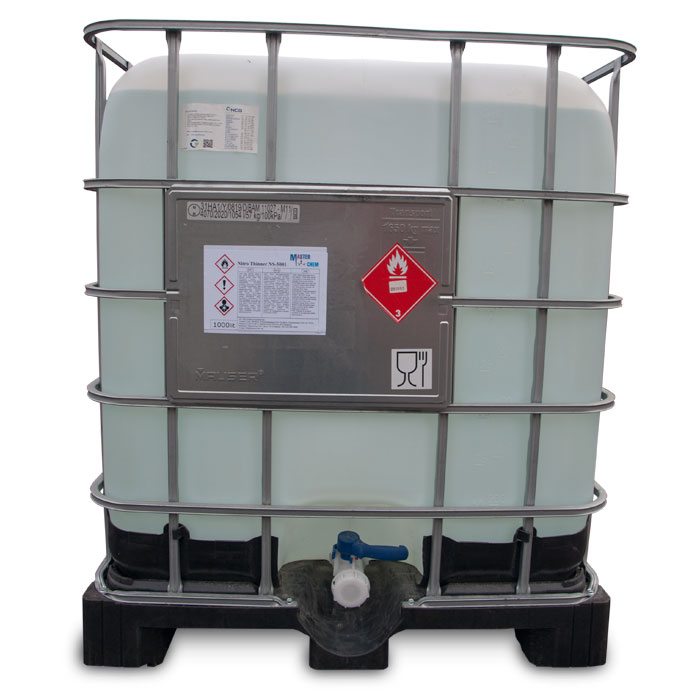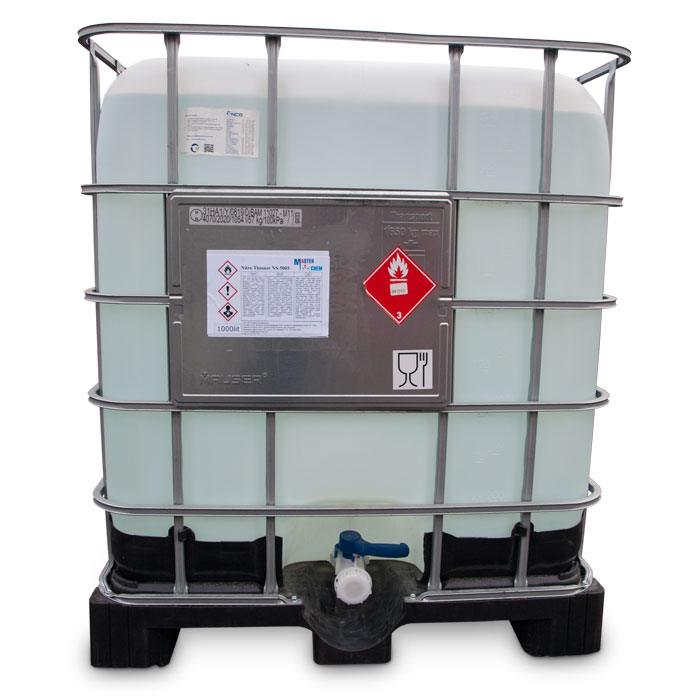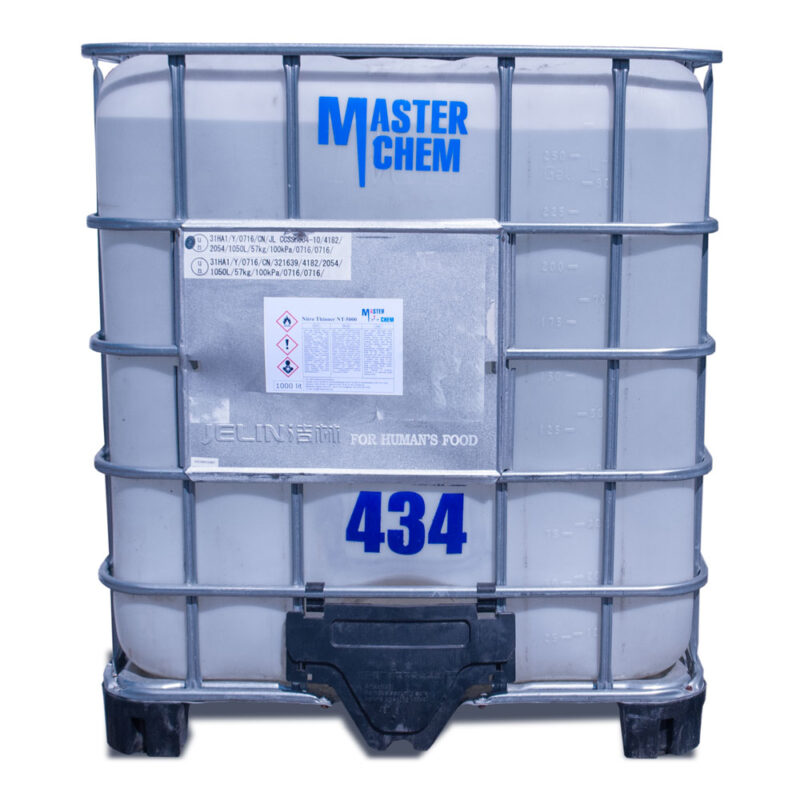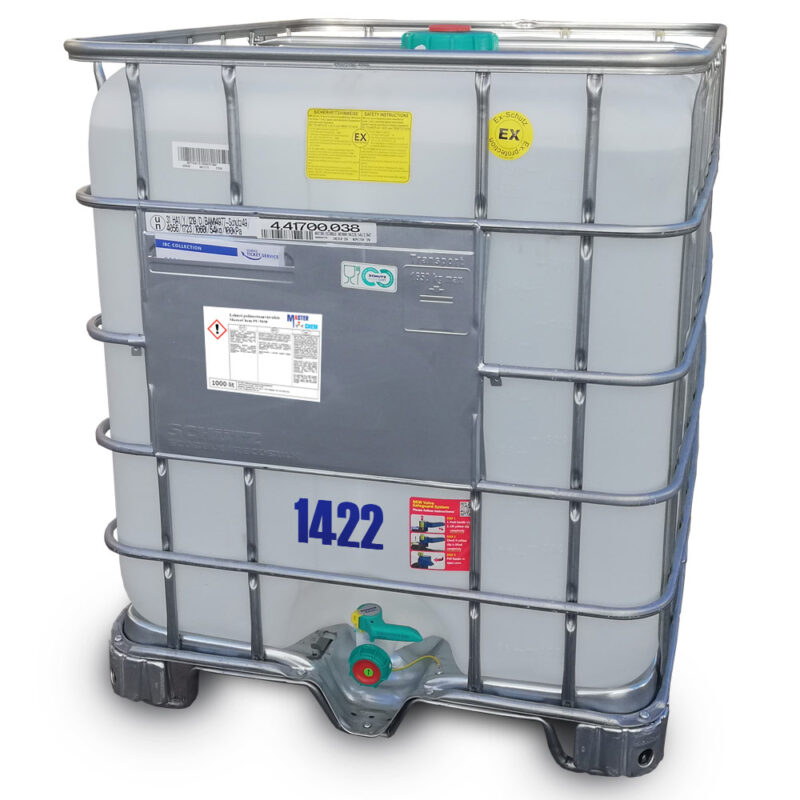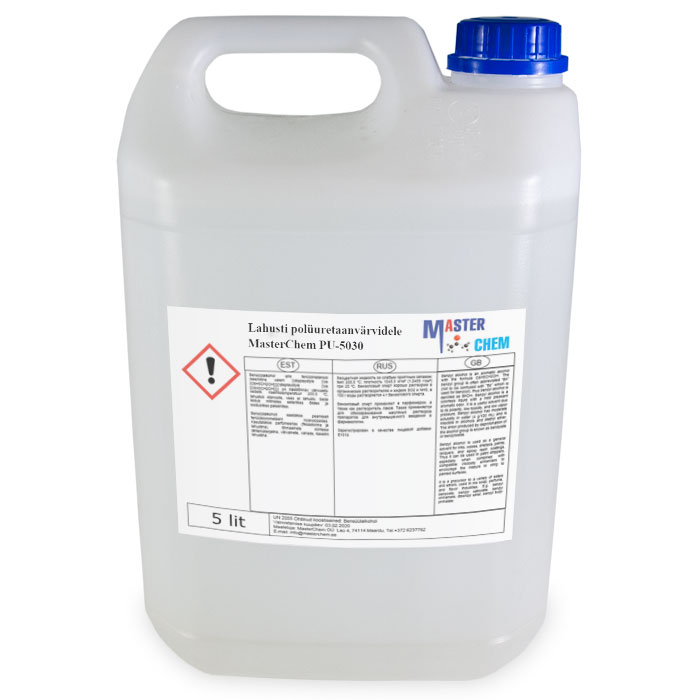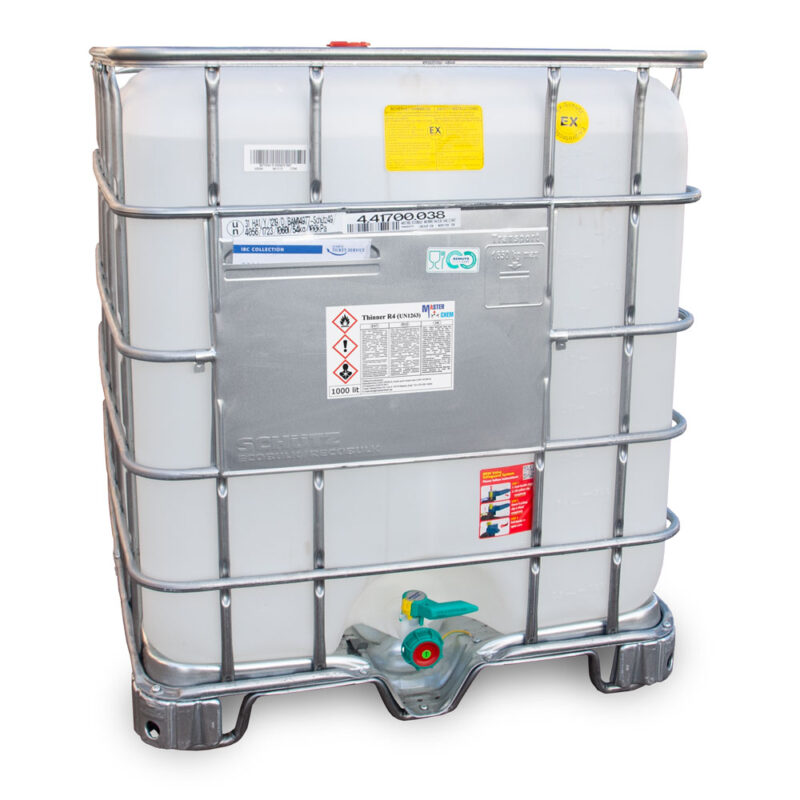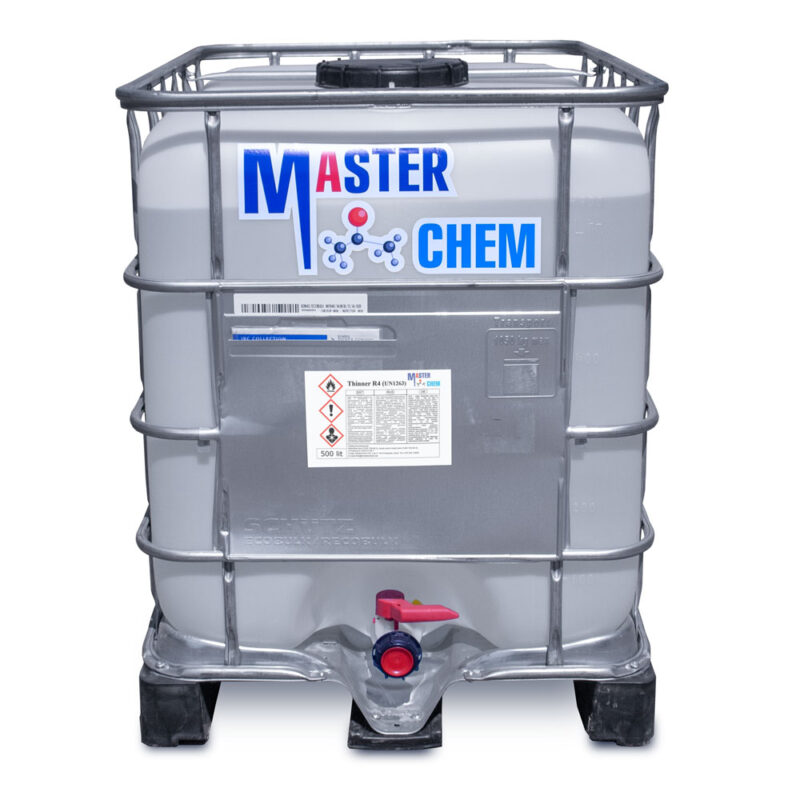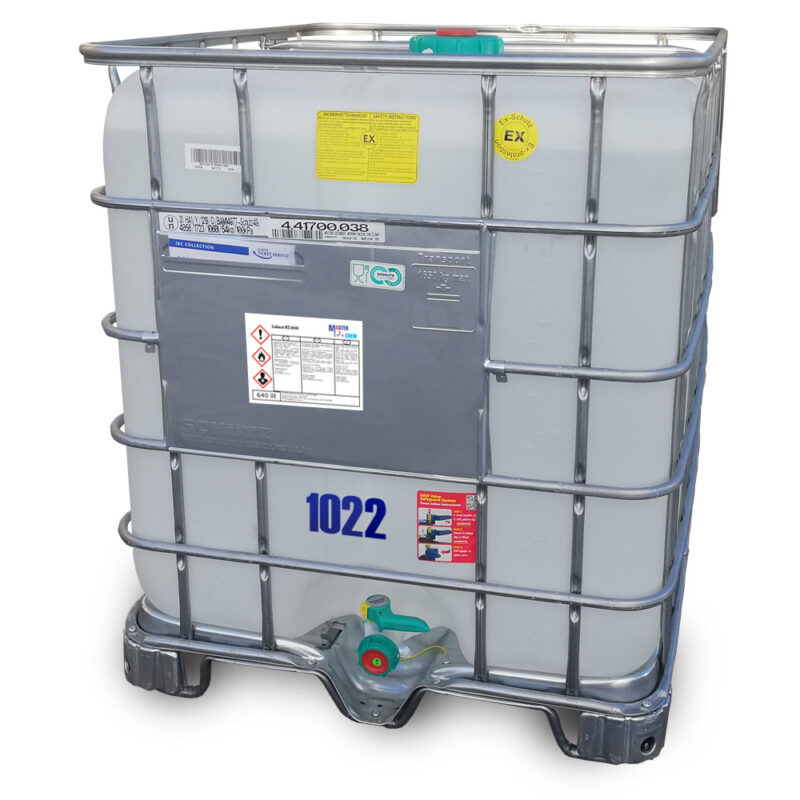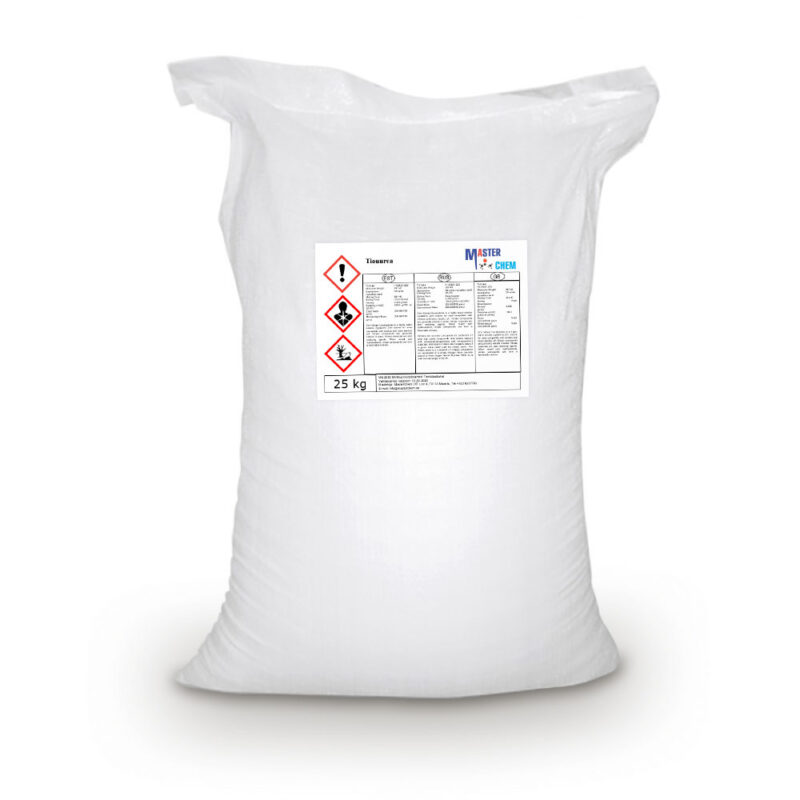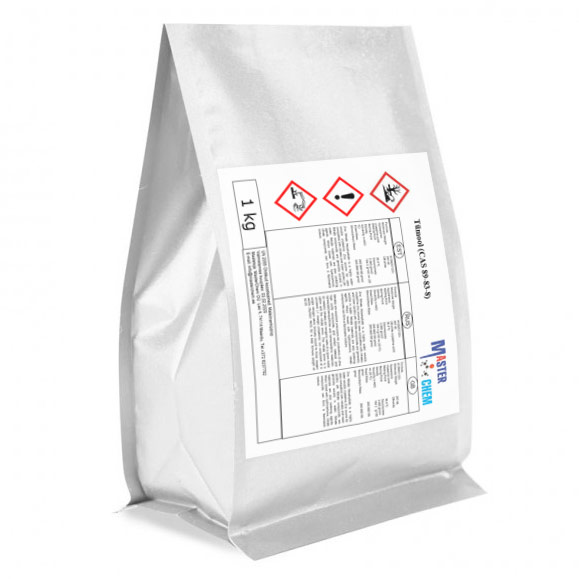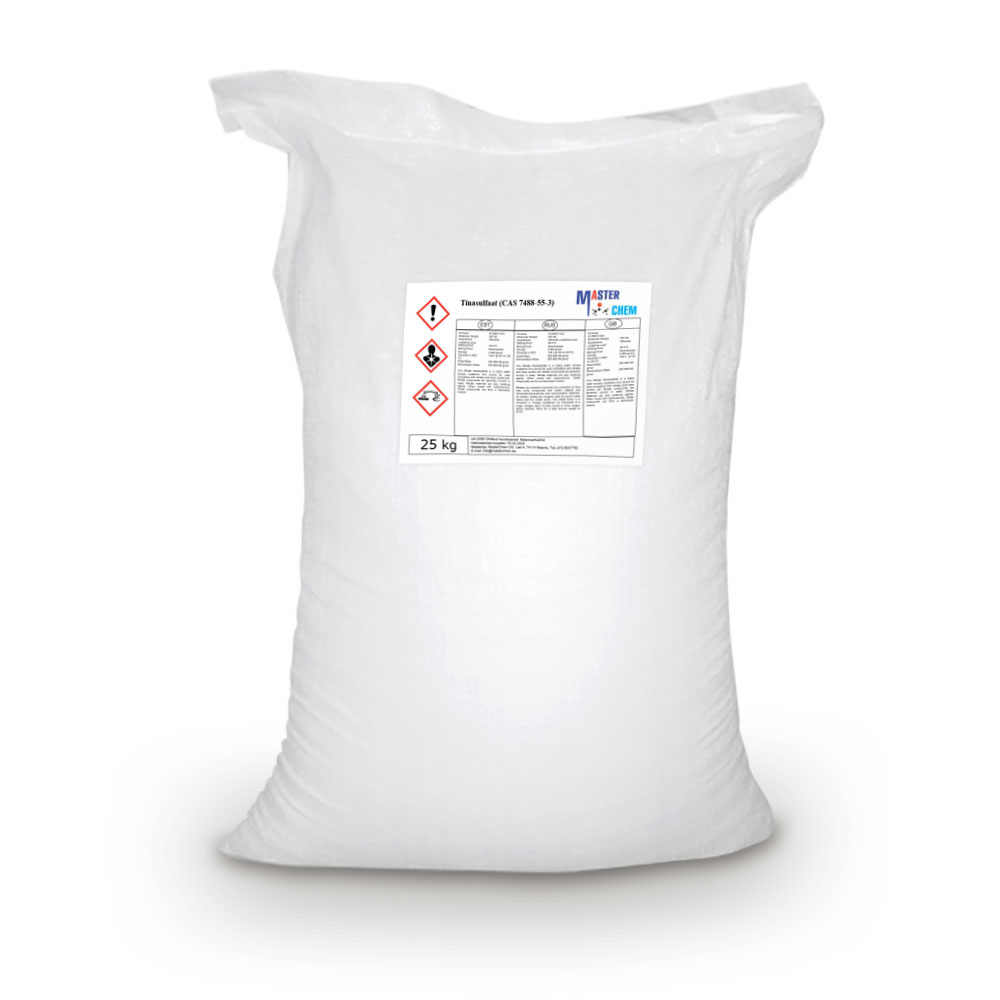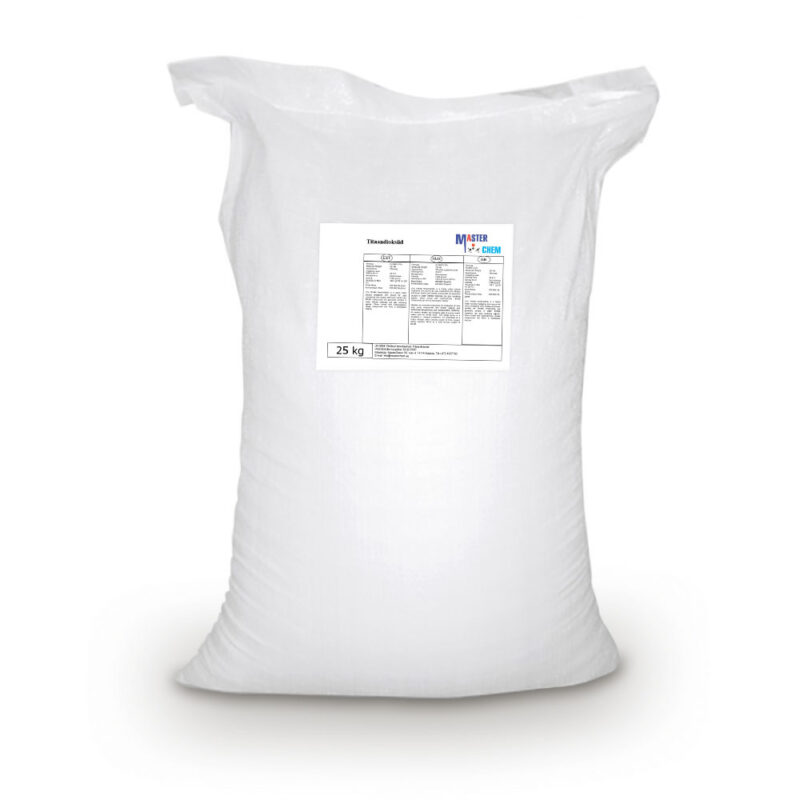Talc (CAS 14807-96-6)
Talc (CAS 14807-96-6)
Talc, or talcum, is a clay mineral, composed of hydrated magnesium silicate with the chemical formula Mg3Si4O10(OH)2. Talc in powdered form, often combined with corn starch, is used as baby powder. This mineral is used as a thickening agent and lubricant; is an ingredient in ceramics, paint, and roofing material; and is a main ingredient in many cosmetics. It occurs as foliated to fibrous masses, and in an exceptionally rare crystal form. It has a perfect basal cleavage and an uneven flat fracture, and it is foliated with a two-dimensional platy form.
Tartaric acid (CAS 87-69-4)
Tartaric acid (CAS 87-69-4)
Tartaric acid is a white, crystalline organic acid that occurs naturally in many fruits, most notably in grapes, but also in bananas, tamarinds, and citrus. Its salt, potassium bitartrate, commonly known as cream of tartar, develops naturally in the process of fermentation. It is commonly mixed with sodium bicarbonate and is sold as baking powder used as a leavening agent in food preparation. The acid itself is added to foods as an antioxidant E334 and to impart its distinctive sour taste. Naturally occurring tartaric acid is a useful raw material in organic chemical synthesis. Tartaric acid is an alpha-hydroxy-carboxylic acid, is diprotic and aldaric in acid characteristics, and is a dihydroxyl derivative of succinic acid.
Tea tree oil
Tea tree oil
Tea tree oil is a yellowish green essential oil with a strong smell. The oil is claimed to have positive cosmetic and medical effects (e.g. antiseptic and anti-fungal effects).
Technical alcohol
Technical (denatured) alcohol MasterChem is suitable both as a fuel for alcohol lamps and grilling light, as well as for cleaning various surfaces from grease and oil. Wear protective gloves, masks, and clothing when using for personal protection. Do not smoke or inhale during use!
Caution! Technical spirit MasterChem is not suitable for drinking!
Tetrachloroethylene (CAS 127-18-4)
Other names: Tetrachloroethylene, Perchloroethene, Perchloroethylene, Perc, PCE
Tetrachloroethylene, also known under the systematic name tetrachloroethene, or perchloroethylene (“perc” or “PERC”), and many other names, is a chlorocarbon with the formula Cl2C=CCl2. It is a colorless liquid widely used for dry cleaning of fabrics, hence it is sometimes called “dry-cleaning fluid”. It has a sweet odor detectable by most people at a concentration of 1 part per million (1 ppm). Worldwide production was about 1 million metric tons (980,000 long tons; 1,100,000 short tons) in 1985.
CAS: 127-18-4
Tetrasodium edetate (CAS 64-02-8)
Tetrasodium edetate (CAS 64-02-8)
Tetrasodium edetate is the salt resulting from the neutralization of ethylenediaminetetraacetic acid with four equivalents of sodium hydroxide (or an equivalent sodium base). It is a white solid that is highly soluble in water. Commercial samples are often hydrated, e.g. Na4EDTA.4H2O. The properties of solutions produced from the anhydrous and hydrated forms are the same, provided they are at the same pH.
It is used as a source of the chelating agent EDTA4-. A 1% aqueous solution has a pH of approximately 11.3. When dissolved in neutral water, it converts partially to H2EDTA2-. Ethylenediaminetetraacetic acid is produced commercially via the intermediacy of tetrasodium EDTA.
Tetrasodium pyrophosphate (CAS 7722-88-5)
Tetrasodium pyrophosphate (CAS 7722-88-5)
Tetrasodium pyrophosphate, also called sodium pyrophosphate, tetrasodium phosphate or TSPP, is an inorganic compound with the formula Na4P2O7. As a salt, it is a white, water-soluble solid. It is composed of pyrophosphate anion and sodium ions. Toxicity is approximately twice that of table salt when ingested orally. Also known is the decahydrate Na4P2O7 · 10(H2O).
Tetrasodium pyrophosphate is used as a buffering agent, an emulsifier, a dispersing agent, and a thickening agent, and is often used as a food additive. Common foods containing tetrasodium pyrophosphate include chicken nuggets, marshmallows, pudding, crab meat, imitation crab, canned tuna, and soy-based meat alternatives and cat foods and cat treats where it is used as a palatability enhancer.
In toothpaste and dental floss, tetrasodium pyrophosphate acts as a tartar control agent, serving to remove calcium and magnesium from saliva and thus preventing them from being deposited on teeth. Tetrasodium pyrophosphate is used in commercial dental rinses before brushing to aid in plaque reduction.
Tetrasodium pyrophosphate is sometimes used in household detergents to prevent similar deposition on clothing, but due to its phosphate content it causes eutrophication of water, promoting algae growth.
TH plastic can 220L 200 lit
TH plastic can 220L/200 lit is made of industrial strength high molecular weight polyethylene (HMWPE) plastic similar to HDPE but …
TH plastic can 220L 200 lit (previously used)
TH plastic can 220L/200 lit is made of industrial strength high molecular weight polyethylene (HMWPE) plastic similar to HDPE but …
Thinner Butyl acetate BT-5090
BT-5090 butyl acetate solvent is designed to reduce the viscosity of transparent or tinted polyurethane varnishes, as well as for paints before applying them in different ways. It can be used for washing various varnish-and-paint equipment. It is also used to maintain and reduce the viscosity of coatings for application by spraying or dipping processes.
Thinner A-5010 (CAS 1330-20-7)
Thinner A-5010 – solvent for alkyd end epoxy based paints, primers, varnishes and coatings. It is a specially prepared multi-component mixture of organic solvents based on xylene.
Thinner A-5010 is used in the synthesis of dyes, as well as a liquid suitable for dissolving epoxy resin, paints based on glyphthal resins, bitumen varnishes. Paint with Thinner A-5010 dries longer, but shines better.
Thinner A-5010 Is a quaranteed best result, proven by longterm proffessional experience.
Thinner A-5010 is best suited for thinning all types of alkyd paints, enamels and primers to working viscosity, degreasing the surface before painting and cleaning tools after work.
Thinner BC06-3019
Solvent BC06-3019 – brake cleaner that effectively removes dirt.
A very fast evaporating cleaning agent that removes the smallest oil particles from the surface.
Our product is unique in that it is completely volatile and leaves no residue. Does not contain acetone or acetates. Does not cause corrosion. Can be used with different types of plastics. May cause damage rubber products.
Used to remove grease, oil, soot, brake dust and fluid. Due to its fast drying time it is possible to use the cleaned parts almost immediately and continue the work.
It is also suitable for use as a universal technical cleaner for all mechanical parts for cleaning from oil and other contaminants.
Solvent BC06-3019 can also be used to clean electrical contacts and connections
Physical and chemical properties:
Color: transparent, colorless.
Odor: slight special odor
Thinner I-5008
Thinner I-5008: Universal solvent for cleaning equipment after water-based paints.
Thinner I-5008: Suitable for thinning paints, water-based base primers.
Thinner I-5008: It has unique properties to wash off all polymer residues and dust, due to a mixture of high quality alcohols and acetates: Etanool, n-Butüülatsetaat, 1-methoxy 2-propanool, Propaan-2-ool.
Thinner I-5008: Low Volatile Organic Compound (VOC): 550g / L
Thinner Nitro NS-5001
Thinner NS-5001 is a mixture of esters, acetates, alcohol, aromatic solvents and ketones suitable diluents to all nitro products.
Thinner Nitro NS-5005 industrial thinner
NITRO THINNER NS-5005 is modified thinner NS-5001This product also as a mixture of quality organic solvents (6 components), but percentage of content ketones is smaller. And as a result has higher flashpoint. Recomend to use in enterprices with automatic equipment. This is a product used for thinning lacquers, paints, enamel, varnishes and for cleaning the corresponding brushes, rollers and other tools. MasterChem produce this product directly.
Thinner Nitro NT-5000
THINNER NITRO, as a mixture of quality organic solvents (6 components).This is a product used for thinning lacquers, paints, enamel, varnishes and for cleaning the corresponding brushes, rollers and other tools. MasterChem produce this product directly.
Thinner PU-5030
Application and use:
– used to correct the viscosity of polyurethane paints, varnishes when painting wood and metal,
– dilution of polyurethane putties,
– degreasing and removal of dust from metal surfaces,
– thinning paint and cleaning tools,
– washing spray guns and other equipment after using paints and varnishes.
Packaging:
20 lit metal can UN
25 lit plastic can
200 lit drum/barrel
500 lit IBC container
1000 lit IBC container
BULK
Tip:
Store and transportation product at a temperature between -25 °C and 25 °C and do not expose it to direct sunlight.
Properties:
Density: at 20 degrees C – 0.88 g/cm3 +-0.05
Color – colorless liquid
Thinner R4
Thinner P4 is a standard solvent for metal paints. It is a mixture of three organic liquids (aromatic hydrocarbons, ketones, esters). Easily launders various contaminants. MasterChem has been producing this solvent directly for over 20 years.
THINNER RT-6006 – SOLVENT FOR RUBBER INDUSTRY
Solvent RT-6006 – is a solvent for the production of rubber products. Produced on the basis of light fractions of dearomatized straight distillation gasoline of low-sulfur petroleum products.
Solvent RT-6006 belongs to the 4th hazard class (low hazard).
Application and usage:
THINNER RT-6006 is used in the rubber industry, for the production of pipes and belts; for the preparation of rubber adhesives, and various mastics, printing inks.
For dissolving and bringing paints and varnishes to a working consistency.
Solvent RT-6006 is also used to degrease fabrics and leather, degrease electrical equipment, surfaces (before painting and not only), washing bearings, fittings before conservation, making special quick-drying oil paints, electrical insulating varnishes, diluting oil, bitumen and ethylene paints and varnishes, epoxy resins, removing small grease and oil stains from all types of fabric; Recommended as fuel for gasoline blowtorches. In addition, it is possible to use this type of gasoline as a fuel for catalytic heating pads, it also finds application in organic chemistry and is most often used in the repair of automatic transmissions, engines and other aggregate units. Indispensable in the optical industry
Solvent RT-6006 Also used for washing parts and fittings before conservation, in the production of artificial furs; in the production of paints and varnishes; for extracting rosin from wood
Thiourea (CAS 62-56-6)
Thiourea (CAS 62-56-6)
Thiourea is an organosulfur compound with the formula SC(NH2)2. It is structurally similar to urea, except that the oxygen atom is replaced by a sulfur atom, but the properties of urea and thiourea differ significantly. Thiourea is a reagent in organic synthesis. “Thioureas” refers to a broad class of compounds with the general structure (R1R2N)(R3R4N)C=S. Thioureas are related to thioamides, e.g. RC(S)NR2, where R is methyl, ethyl, etc.
Thymol (CAS 89-83-8)
lternate Names: 2-Isopropyl-5-methylphenol; 5-Methyl-2-isopropylphenol
Application: Thymol is a dye that is also known as 5-Methyl-2-(1-methylethyl)phenol
CAS Number: 89-83-8
Molecular Weight: 150.22
Molecular Formula: C10H14O
Supplemental Information: This is classified as a Dangerous Good for transport and may be subject to additional shipping charges.
Tin Sulphate (CAS 7488-55-3)
Tin Sulphate (CAS 7488-55-3)
Tin(II) sulfate (SnSO4) is a chemical compound. It is a white solid that can absorb enough moisture from the air to become fully dissolved, forming an aqueous solution; this property is known as deliquescence. It can be prepared by a displacement reaction between metallic tin and copper(II) sulfate: Sn (s) + CuSO4 (aq) → Cu (s) + SnSO4 (aq)
Tin(II) sulfate is a convenient source of tin(II) ions uncontaminated by tin(IV) species.
Titanium white (CAS 13463-67-7)
Titanium white (CAS 13463-67-7)
Titanium dioxide, also known as titanium(IV) oxide or titania /taɪˈteɪniə/, is the naturally occurring oxide of titanium, chemical formula TiO
2. When used as a pigment, it is called titanium white, Pigment White 6 (PW6), or CI 77891. Generally, it is sourced from ilmenite, rutile, and anatase. It has a wide range of applications, including paint, sunscreen, and food coloring. When used as a food coloring, it has E number E171. World production in 2014 exceeded 9 million tonnes. It has been estimated that titanium dioxide is used in two-thirds of all pigments, and pigments based on the oxide have been valued at $13.2 billion.

